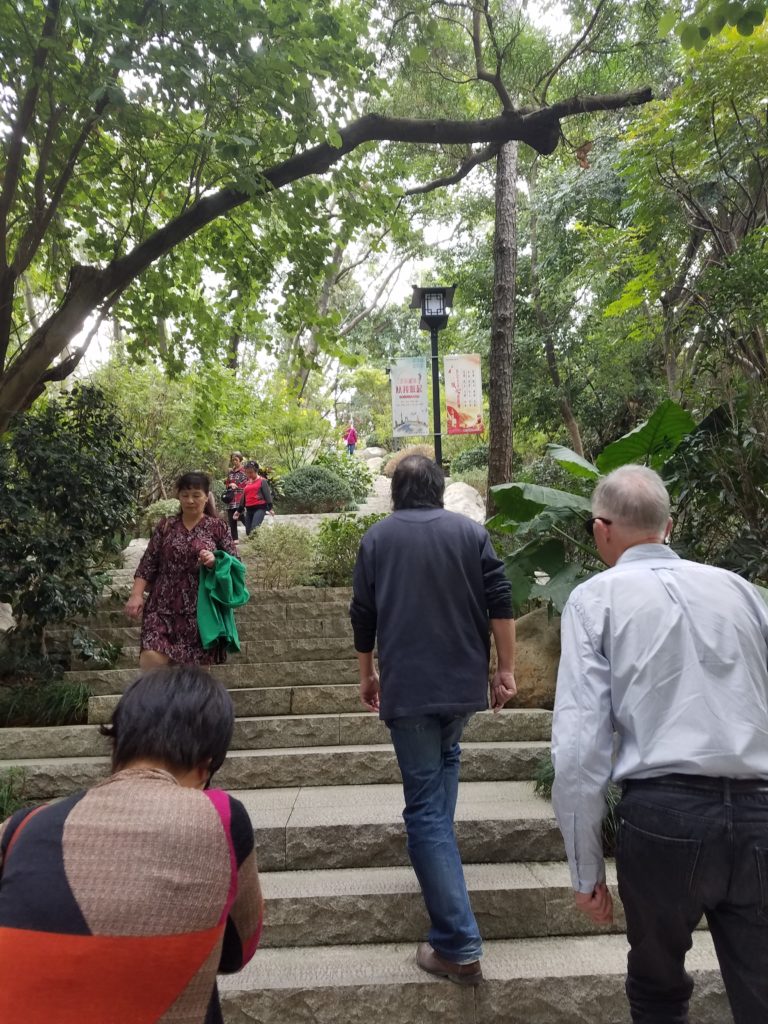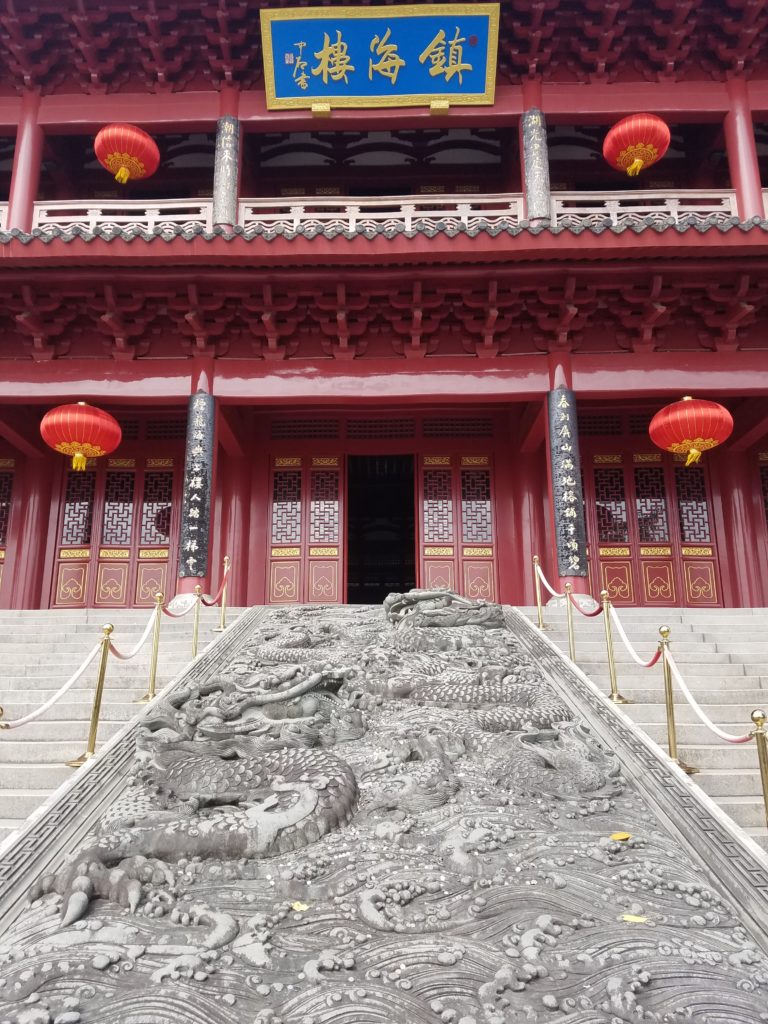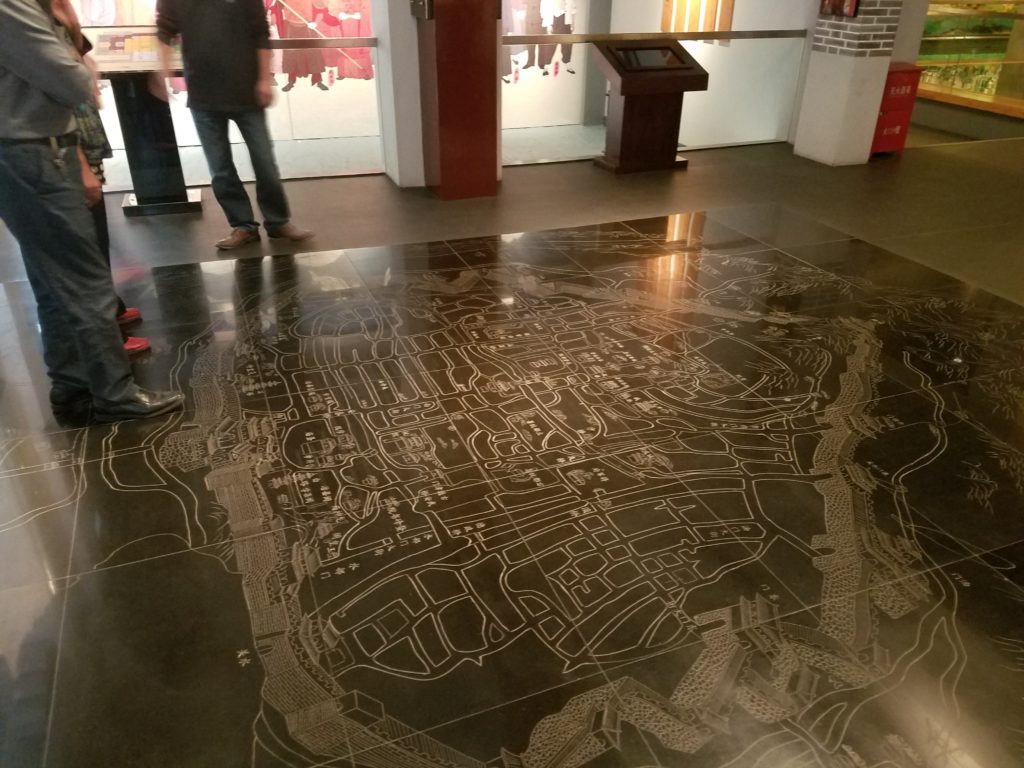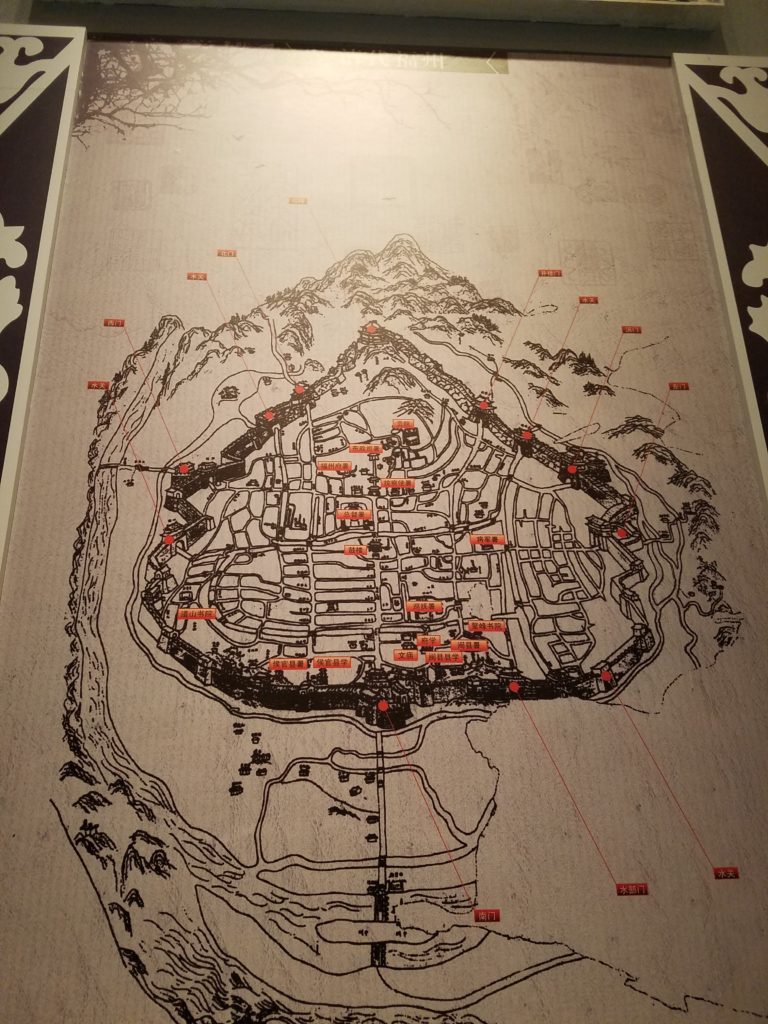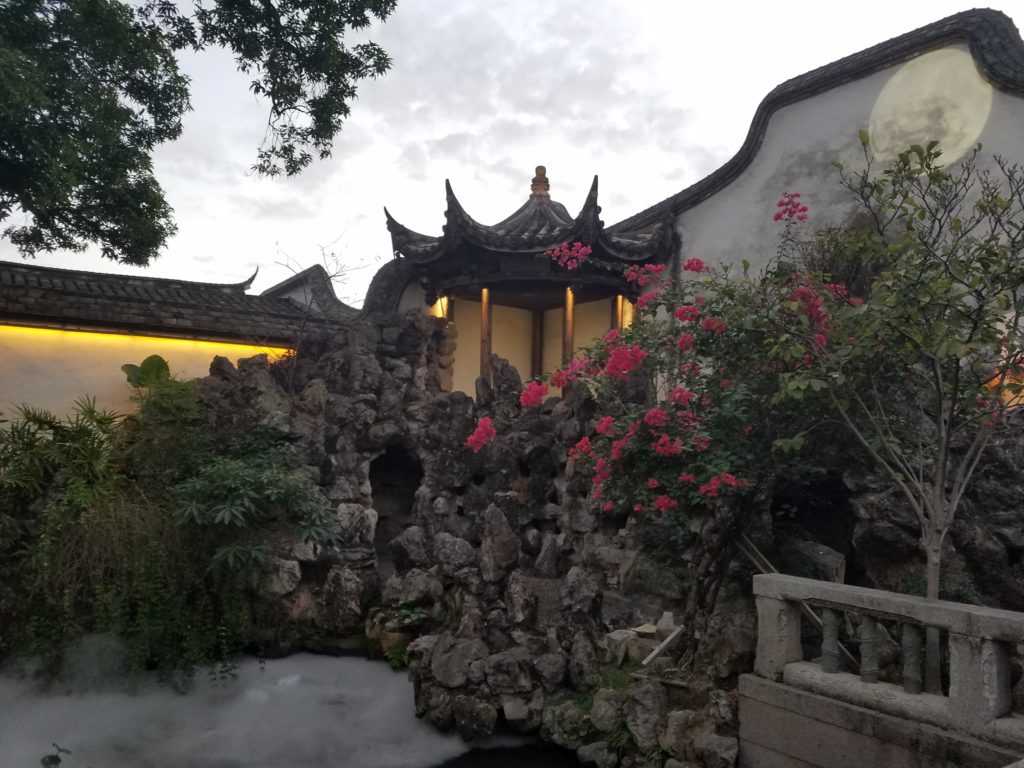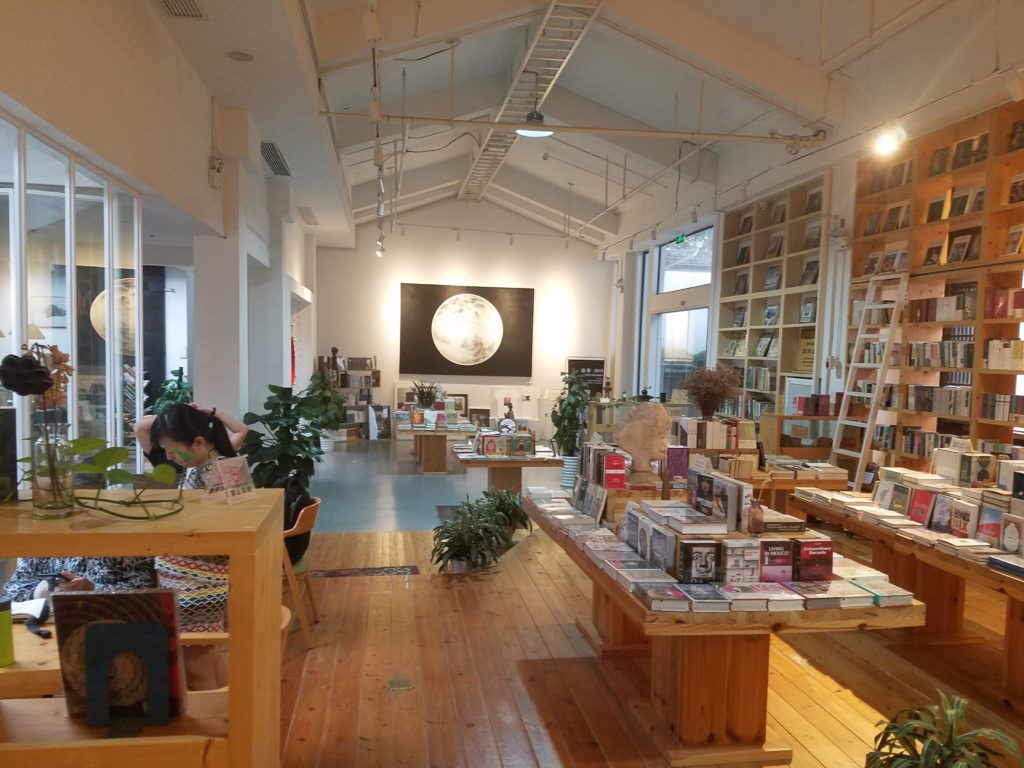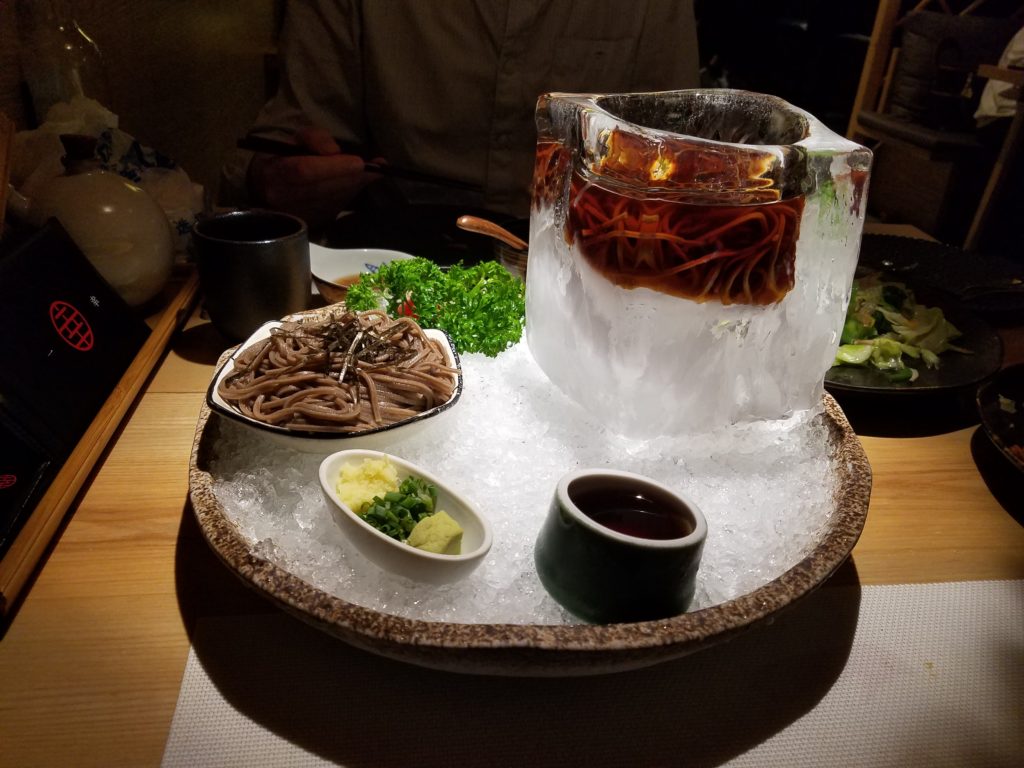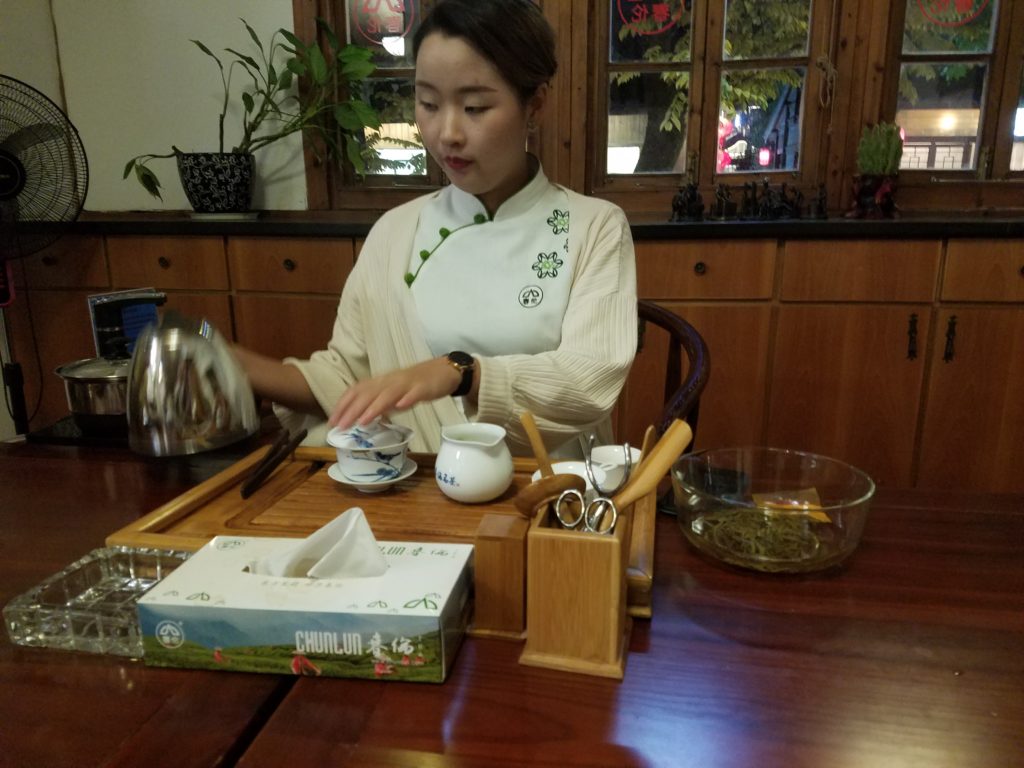For the past few months, I’ve spent my time in between work and graduate school applications practicing tea and guqin, or sometimes preparing my garden for the onset of winter. While I don’t have any particularly strong feelings about my current occupation, I do think that each moment spent in my hobbies is infinitely valuable and ultimately what keeps me on track week by week.
In focusing on learning tea and guqin, I’ve come to appreciate the process and path of practice. In calligraphy and most other skills as well, practice makes perfect. That being said, I have four years’ worth of unpleasant memories from cello practice. There was something wrong there that ended up in me hating the experience despite enjoying the songs we learned.
One obstacle was that 12-year-old me was too focused on the goal. I saw “perfect,” but didn’t take the time to determine how I should get there. Practice felt dull, meaningless, and to be honest I just wanted to play fun-sounding things despite being out of tune most of the time. I lacked the patience to refine and come anywhere near perfecting my skills. I also believed that I was “good enough,” a mentality which coddled my ego at the price of progress.
This time around though, I’ve refrained from doing that in guqin. That isn’t to say I like to insert a bit of fun every now and then. (I definitely spent a week learning the Harry Potter song rather than practicing the songs I was assigned.) However, I’ve come to enjoy the practice. As painful as it might be—grueling in terms of sheer memorization and repetition as well as sore fingers—it’s fun in and of itself.
The process of learning is fun. I am no longer frustrated when I am out of tune. Instead, it’s an opportunity to repeat and familiarize myself with that section until it’s ingrained in my consciousness.
While I could be learning one song after the next, I have come to enjoy learning each one of them and spending quality time with them. As my teacher often emphasized in class, musical skill is one thing, musical temperament is another. Repetition and practice will eventually build skill, as long as the student has enough patience and diligence to work through it. Musical temperament though is a bit trickier.
There are times in practice when I want to breeze through a song, and early on I would. But I soon realized that cheated myself out of practicing it properly and planted unsoundly memories of how to play it in my subconscious. Guqin is an instrument which comes with its own philosophical system. In learning the instrument, classes more often than not focused on Confucian classics, poetry, and mind-boggling Zen koans.
My teacher would go on for entire afternoons ranting about how conflicted he was at the sudden popularization of guqin in China and around the world. It was what he had been working towards for years, but when guqin is taught as merely a musical instrument and sanitized of its philosophy and ideals, it feels hollow.
So to compensate, I think he added double the dose (or more) of philosophy and culture for our class. In learning guqin, we were expected to have a regular meditation practice (fortunately my Buddhist background prepared my legs for this), and discussions often covered ideals that drew confused stares from students.
“We don’t play guqin for fame,” he started off. “We don’t use the instrument to show off, to flaunt. It’s a tool to guide ourselves and others towards awakening.”
Yep. Super duper Buddhist indeed.
Kind of out of place in a mostly-secular modern China, but he called it Qindao 琴道 (the Way of Qin) and insisted this was “culture” rather than “religion.”
When we played songs, memorizing them was always a prerequisite for performance, but at the same time, there’s so much more to guqin than rote memorization. As my teacher explained, memorization comes with time and practice. There’s so much more to learn—and having departed China early, so much I hadn’t had the chance to learn.
I still wish I could go back and learn how to craft my own instrument, how to compose and arrange songs, how to teach coherently, and so much more.
I am here to learn, and I would like to learn for as long as possible.
I once had a conversation with an monk in his 60s who told me that he is disappointed that he has fewer and fewer teachers now. In his youth, he’d be criticized, scolded, taught, retaught, untaught, retaught again, and heckled for almost every task and every lesson. As he grew older and ascended in monastic ranks, he noticed fewer people were comfortable pointing out the times and places where he made mistakes.
As my guqin teacher wanted a year ago (and still messages me about), it would be wonderful if I could become a teacher at some point, preferably sooner rather than later to help revitalize guqin and our almost-extinct school. But I am reluctant teacher. There will come a day when students look to me for answers, a day when people stop correcting me, and perhaps one day my teacher will not be a simple WeChat message away anymore.
When the time comes, I hope I am ready to answer the questions which arise, correct myself in the absence of others, and be a simple email away from my students.
But for now, I am learning, and I enjoy it very much.
